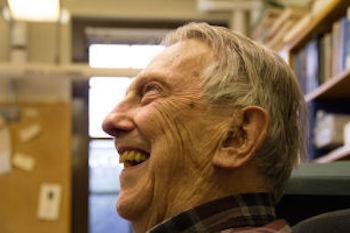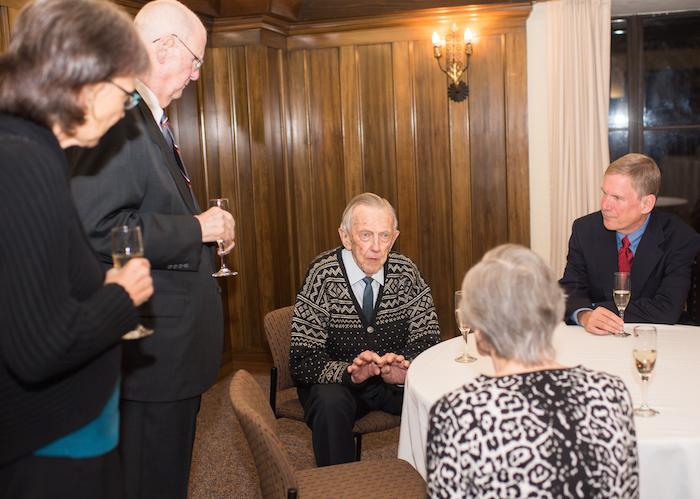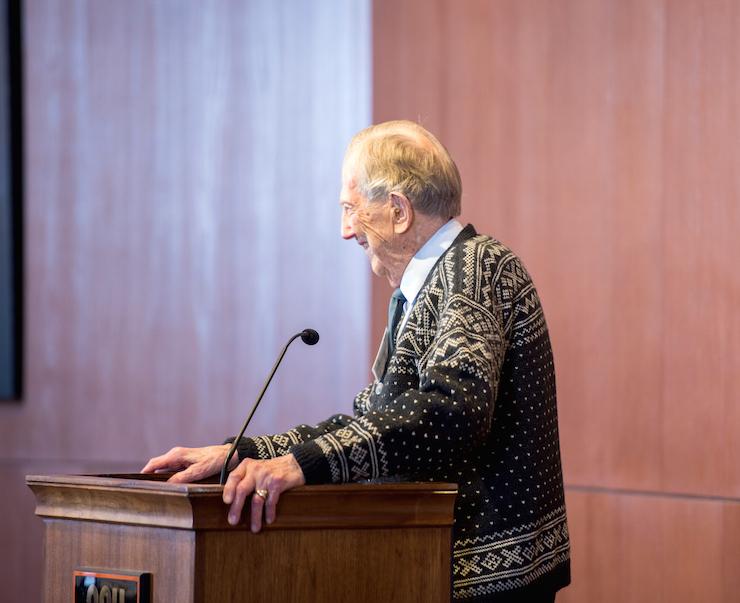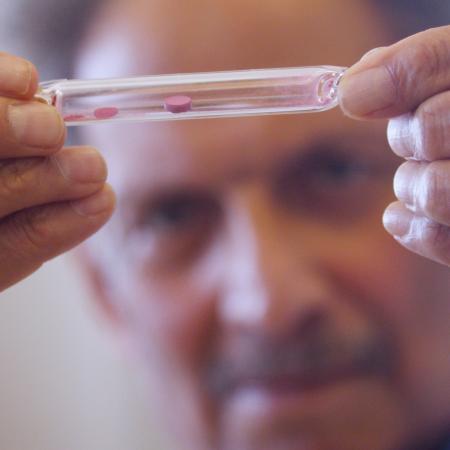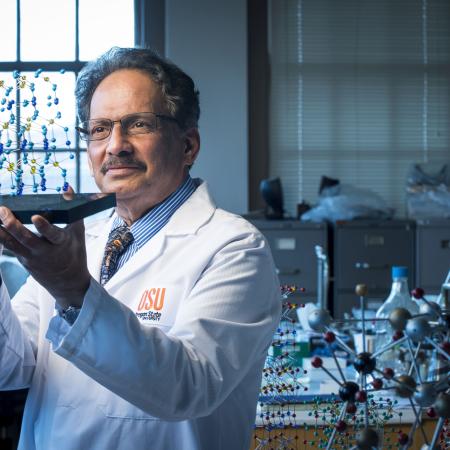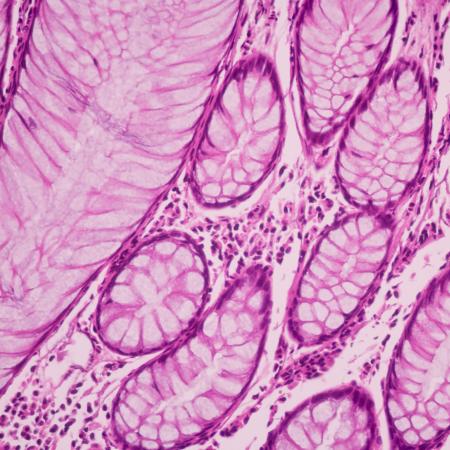His most recent award came in 2013, the Camille and Henry Dreyfus Foundation Senior Scientist Mentor Award, which allows him to continue funding undergraduate research.
Hedberg attributes his success directly to the sacrifices his parents made during the Great Depression when his father lost his job, putting the family in financial straits.
“I was so impressed by how my mother and my father came together to see what options they had in order to do the best for our family,” Hedberg said in a 2014 interview with The Daily Barometer.
The family readjusted after multiple moves across Oregon, which landed his mother, sister and him in Corvallis, while his father took a job on the coast. The goal was for Hedberg and his sister to attend OSU. To make that happen, Hedberg’s mother ran a boarding house in their home.
“It was a lot of work for my mother — the cooking, the cleaning,” Hedberg said in The Daily Barometer article. “Almost 75 years later, I wouldn’t be here nor carrying out my research if my mother didn’t work as hard as she did.”
When asked about challenges facing today’s students, he remarks on the significant changes in the social structure of students, affected by technology that seeks to keep us all connected, all the time but may do the opposite.
“Students are glued to their keyboards, tablets or phones. They can’t imagine not having these things,” notes Hedberg. “These rapid tools really help them get things done so much faster than students ever could have done in the old days. I just wonder about what they are missing out on by not talking to each other more. I remember when I was a student all of us would be waiting to go into the large lecture hall for class and talking to each other. Today, there’s no talking.”
“Science is about people, collaborations, relationships and connections,” said Hedberg.
A familiar face in Gilbert Hall, Hedberg maintains his research and mentoring of students at age 96. He meets up with his last graduate student, Alan Richardson, for an occasional Friday beer. His gentle disposition, lively personality, sharp mind and easy smile attracts people to 6 Gilbert Hall, his office since the 1960s, for thoughtful conversations on a myriad of topics.
Hedberg continues his regular poker nights with current and retired OSU scientists that began decades ago to play cards, debate politics, share some laughs and always talk science.
“I regard myself as extremely fortunate to have had all this fun during my time at OSU. And it has been fun,” remarks Hedberg. “An important thing to note about my work is that it has no practical application at all. The thing with basic science is that it may or may not have practical consequences.”
He points out that 100 years ago no one thought there was anything to Einstein’s General Theory of Relativity that revealed that light bends around objects. The theory completely transformed theoretical physics and astronomy in the 20th century. Today, that science helps us get places, literally, in the form of global positioning systems technology.
Read more about Ken Hedberg’s work, life and impact
- Biography
- Ken Hedberg: OSU’s oldest innovator (2016) Erlenmeyer Flask, OSU Department of Chemistry newsletter
- Ken Hedberg Profile: OSU’s 94-year-old enigmatic researcher. (2014), Erlenmeyer Flask, OSU Department of Chemistry newsletter
- Happy 90th birthday celebration (2010) For his 90th birthday, Hedberg still received NSF funding, took a cruise down the Danube River, and went snorkeling in Hawaii.
- PROFILE: Ken Hedberg and his undergraduate students, (2011) Terra, OSU’s research magazine
- Ken Hedberg Oral History Interviews, (2011) OSU Special Collections & Archives Research Center Through these four interviews, Hedberg shares his memories of campus life in the years prior to World War II, discusses the environment at Cal Tech during its "golden age,” offers insight into the life, work and personality of Linus Pauling, and reflects on more than half a century of chemistry at OSU.
- Ken Hedberg remembers Linus Pauling (2011). Video produced by OSU’s Terra magazine.
- Hedberg Research Group

